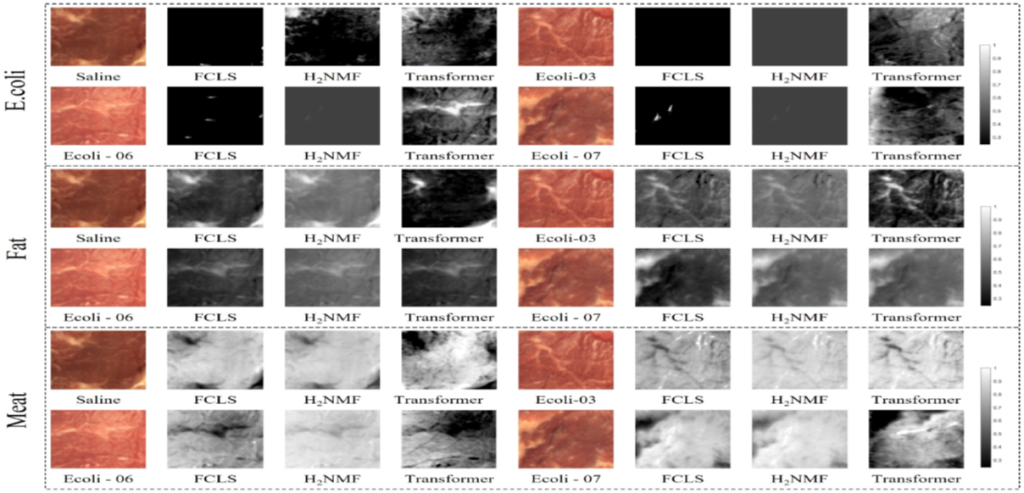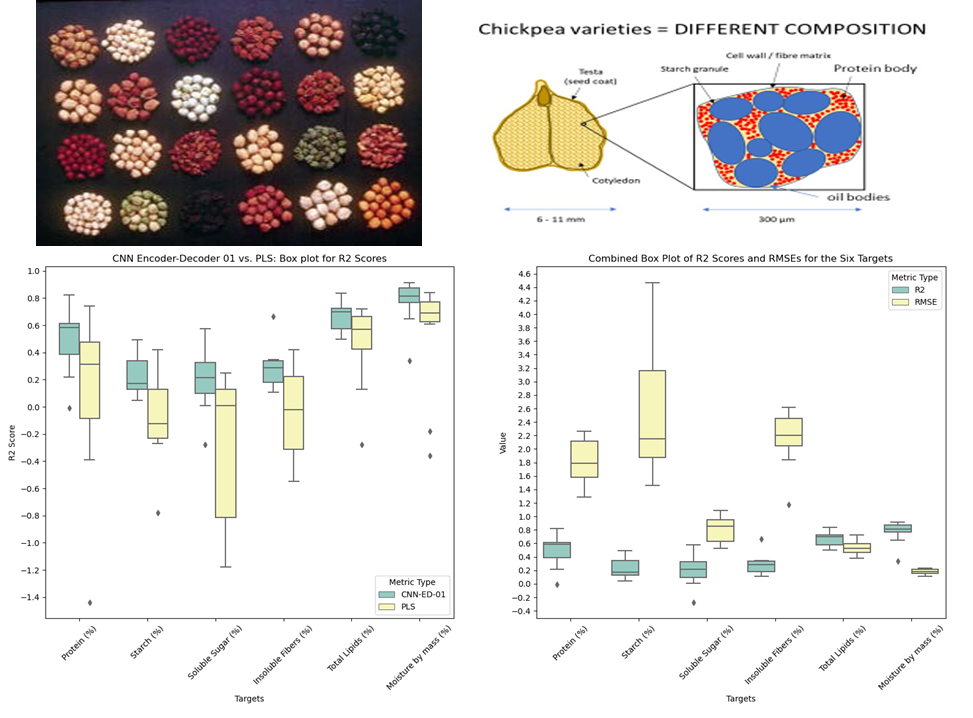By blending my academic achievements, professional experience, and research interests, I strive to make meaningful contributions to the scientific community while driving innovation and solving real-world challenges.
Biography
Dr. Ali Zia is a leading researcher in Artificial Intelligence (AI), Machiene Learning (ML) and Computer Vision (CV) with extensive experience spanning academia and industry across Australia and Pakistan. His multidisciplinary career bridges cutting-edge machine learning research with real-world applications in agriculture, medicine, and environmental science.
Research Specialization: Higher-Order Representation Learning 
Dr. Zia’s core expertise lies in higher-order representation learning – going beyond traditional feature-level relationships to model complex interactions, structures, and dependencies among multiple entities, features, or modalities. Rather than treating data as independent points with flat feature vectors, his research captures higher-order structures such as graphs, manifolds, tensors, hypergraphs, simplicial complexes, and topological invariants.
This approach recognizes that real-world data involves intricate relationships: protein folding depends on long-range residue interactions, hyperspectral data involves correlations across spatial–spectral–temporal dimensions, and complex systems are governed by multi-way relations rather than simple pairwise connections.
Career Span: Dr. Zia’s professional journey encompasses diverse roles from software engineering and teaching to high-level research positions, providing him with a unique perspective that combines theoretical depth with practical implementation experience across multiple domains and organizational contexts.
Postdoctoral Research Fellow in Future Science Platform
Australian National University and CSIRO, Australia
Research and development equivalent to Level B university grade, focusing on Object Detection Activity
Postdoctoral Researcher
ARC Hub for Driving Farming Productivity and Disease Prevention, Griffith University, Australia
Research and development equivalent to Level A university grade
Programmer Developer
Griffith Online Team, Griffith University, Australia
Full stack development from solution architecture to programming (HEW Level 6 Step 3)
Lab Instructor, Lecturer, and Student Coach
Griffith University, Australia
Academic teaching role conducting laboratories, tutorials, and lectures
Assistant Professor
COMSATS University, Pakistan
Teaching, research, and solution architecture responsibilities
Research Scholar
NICTA Neville Roach, Australia
Research and development focus
Software Engineer
Systems Ltd, Cambridge Docs, Techlogix, Pakistan
Software development and quality assurance across multiple organizations
Teaching Assistant
Punjab University, Pakistan
Academic support conducting laboratories, tutorials, and lectures
Doctor of Philosophy (Artificial Intelligence)
Griffith University, Australia • 2020
Thesis: Exploring extrinsic spectral properties of hyperspectral image for 3D computer vision
Master’s in Computing
Australian National University, Australia • 2009
Thesis/Project: Structured object recognition for content-based image retrieval
B.Sc. (Hons.) in Computer Sciences
Punjab University, Pakistan • 2006
Final Project: Biometric security system with control of electric devices of a building
MRFF DAAC Mission
Multi-modal Dementia Patient Monitoring Using Higher Order Representational Deep Learning • 2024
$2.7M
CSIRO
Analyzing protein content in chickpea varieties using hyperspectral imaging and ML • 2023
$600,000
CSIRO (CSIRO-CAS Partnership)
AI and hyperspectral tool for selecting salt-tolerant legumes • 2023
$500,000
CSIRO (AI4M)
3D hyperspectral analysis of meat to identify contamination • 2022
$135,000
$3.9M+
Research Funding
39+
Students Supervised
8+
Career Positions
Through his diverse professional experience spanning research institutions, universities, and industry, Dr. Zia continues to advance the boundaries of AI research while contributing to practical applications and mentoring the next generation of researchers and practitioners.
Research Visualization Gallery

Topological Data Analysis – Higher-order structural representations








